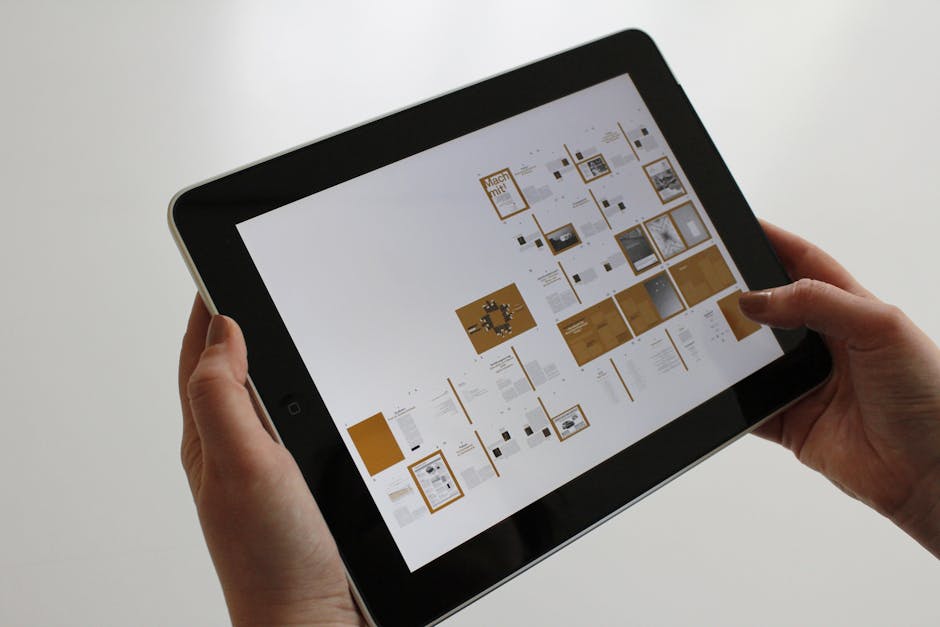For businesses and publishers with rich print catalogs, moving from traditional print to interactive web publications isn’t just a trend—it’s a vital strategy to reach and engage today’s digital-first audience. At 3D Issue, we’ve watched how organizations transform their static, paper-based catalogs into dynamic, responsive online experiences that drive higher engagement and real ROI. In this guide, we’ll share our deep, hands-on knowledge to help you convert your print catalogs into interactive web publications—step by detailed step.

Why Convert Print Catalogs to Interactive Web Publications?
- Reach a broader audience by making your content accessible on any device, anywhere in the world.
- Boost engagement with interactive features like video, galleries, and clickable links that just aren’t possible on paper.
- Reduce costs associated with printing and distribution—plus, updates are immediate and effortless.
- Track and optimize how readers engage with your catalog, so you can constantly refine your content for better results.
Step 1: Prepare Your Print Catalog for Digital Conversion
Begin with a well-formatted, high-resolution PDF of your print catalog. This should include:
- All product images in high quality
- Clear, up-to-date product descriptions
- Branding elements like your style guide, preferred fonts, and color palette
If possible, gather additional assets such as video clips or image galleries—you’ll use these to boost interactivity later.

Step 2: Choose the Right Digital Publishing Platform
Not all platforms are created equal. For true interactive, mobile-centric experiences, you’ll want a solution that supports responsive design, accessibility, and rich media embedding without requiring code. At 3D Issue, our Experios and Flipbooks platforms are purpose-built for exactly these tasks—letting you go far beyond a simple PDF viewer.
- Experios: For building entirely new interactive magazines and catalogs from scratch—with intuitive drag-and-drop and AI-assisted content extraction.
- Flipbooks: Best for converting your PDF directly into a sophisticated, page-flipping digital experience with multimedia and analytics.
Step 3: Convert Your PDF Catalog to Digital Format
Here’s where the magic happens. On 3D Issue Flipbooks, simply upload your finalized PDF. The platform automatically detects text, images, and links—instantly transforming your print catalog into a web-ready digital publication. For even richer experiences, Experios enables rapid content extraction and responsive reflow, so your publication looks perfect on any screen size.
- Import your PDF
- Review auto-detected links (like phone numbers, emails, product pages)
- Edit or personalize any details as needed

Step 4: Enhance with Interactive Features
Digital catalogs don’t have to be static. This is your chance to make every page come alive, guiding the reader’s journey and boosting engagement. With our platforms, you can easily:
- Add videos and audio clips: Feature product demos or designer commentaries directly beside the item description.
- Insert clickable hotspots: Let users click on product images to view more details or be taken straight to a shopping cart.
- Include forms and surveys: Capture leads or gather customer feedback instantly.
- Embed image galleries: Showcase products from multiple angles.
- Use eye-catching animations: Guide attention to special promotions or bestsellers.
You don’t need any programming skill—just drag, drop, and tweak.
Step 5: Optimize for Mobile—Everywhere, Every Time
Many customers will view your catalog on phones or tablets. That’s why Experios is designed with a mobile-first mindset from the ground up:
- Responsive layouts ensure text and images reflow for optimal readability on any device.
- Tap targets for interactive elements are sized for fingers, not mouse cursors.
- You can preview and adjust exactly how your publication looks and feels on mobile, tablet, and desktop all from one place.
Don’t settle for a one-size-fits-none approach—a truly responsive digital catalog is essential for modern brand experience.

Step 6: Ensure Accessibility and SEO
Digital publications should be for everyone. At 3D Issue, we know how important accessibility is—not only for compliance but for inclusion and wider reach. Our tools include features for:
- WCAG and ADA compliance, so content is easy to navigate for all users.
- Automated accessibility validation to check alt text, color contrast, and navigation.
- SEO optimization, including title tags, meta descriptions, and advanced options for Google indexing. This way, your digital catalog is easily findable online and ranks above the competition.

Step 7: Publish and Distribute Your Interactive Catalog
Once you’re satisfied, it’s time to go live. 3D Issue makes distribution effortless:
- Embed on your website via a secure link or iframe.
- Share on social media or by email to reach subscribers instantly.
- Generate QR codes so readers of your physical catalog can jump straight to the interactive version online.
- Choose between cloud hosting or self-hosting for full control, depending on your business needs.
Step 8: Measure, Iterate, and Grow
The job doesn’t end at publishing. Get deep insights with built-in analytics:
- Track views, dwell time, click-through rates, and lead captures per page and publication.
- A/B test new designs or interactive features to improve performance metrics over time.
- Refine your content and layout based on real reader behavior, not guesswork.
Top Tips for a Successful Print-to-Digital Catalog
- Keep file sizes lean: Compress images for blazing-fast loading.
- Divide longer catalogs into thematic issues or seasonal editions for easier navigation.
- Always include full alt text for all images—not just for accessibility but for SEO value.
- Refresh content regularly: Updating online is quicker and easier than print, so take advantage by rolling out product launches or seasonal highlights instantly.
What Makes 3D Issue Different?
We’ve built our platforms for creative teams who want total control without technical barriers. Experios and Flipbooks are both fully WCAG-compliant, truly mobile-responsive, and rich in interactive options. Our AI-powered conversion lets you go from PDF to responsive page in seconds. And because support and onboarding matter, our team works directly with you to ensure your catalogs shine online, from day one.
Ready to transform your print catalog into a responsive, interactive web experience that works on every device and delights your audience? Try Experios for free or start with Flipbooks today—and let’s take your digital publishing to the next level.







